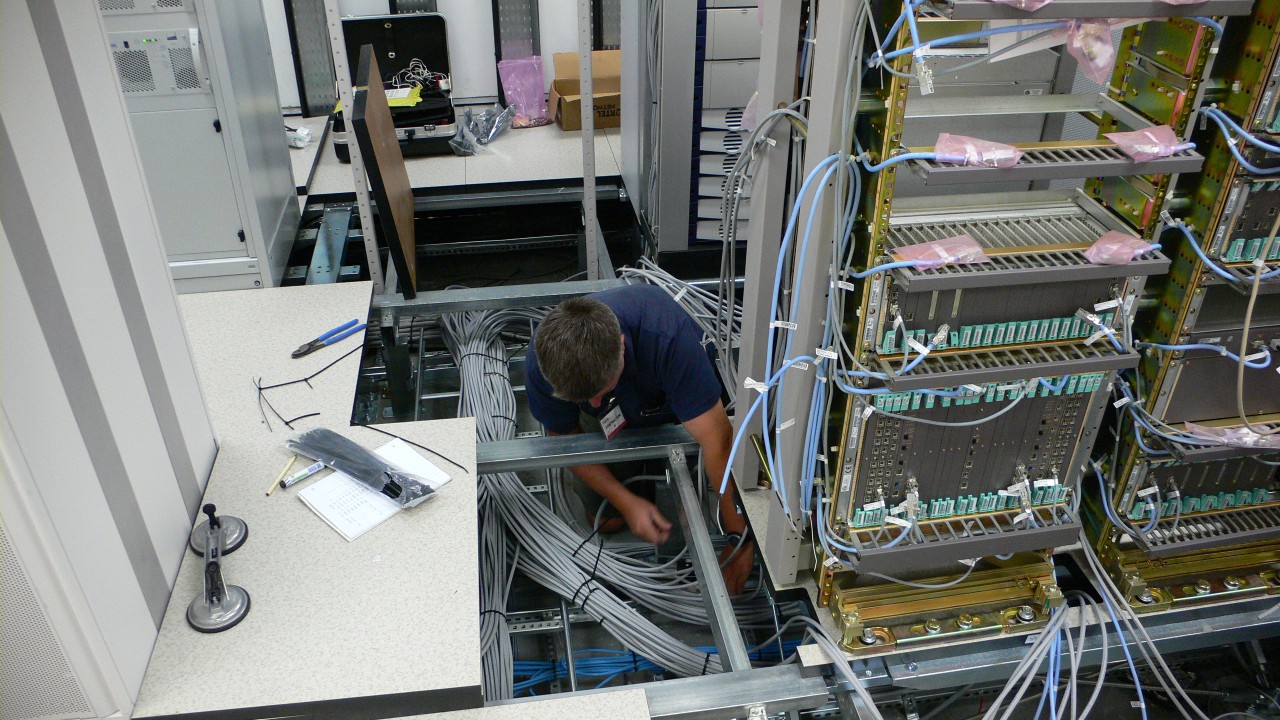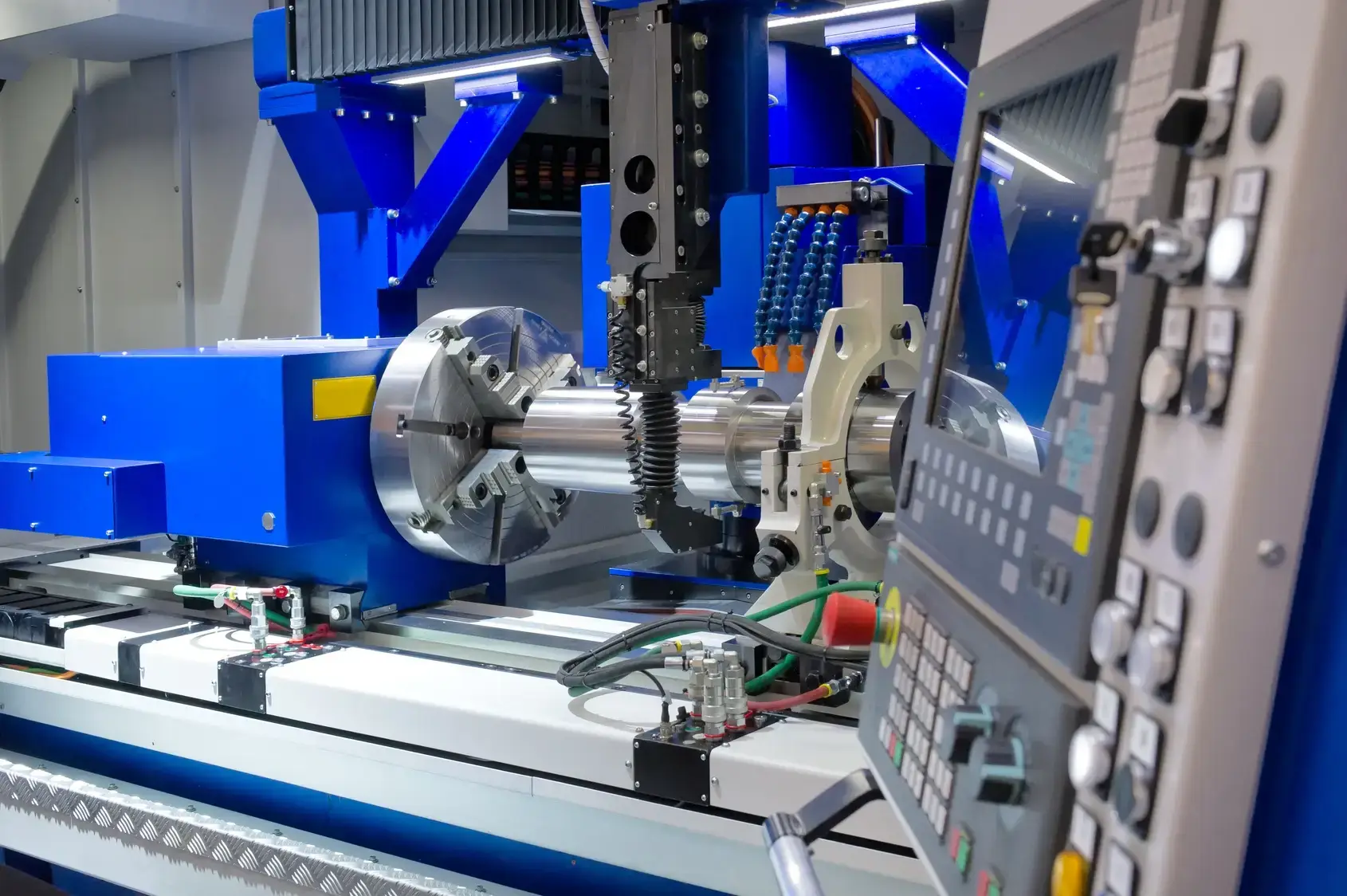The Critical Importance of Degradation Onset Timing Boosting Business Decision-Making with Precision
In todays fast-paced and competitive business landscape, companies are constantly seeking innovative ways to stay ahead of the curve. One crucial aspect that often goes unnoticed is the degradation onset timing of materials and products. This phenomenon refers to the point at which a material or product begins to degrade, losing its physical, chemical, or biological properties over time. Understanding this critical factor can significantly impact business decision-making, ensuring that companies make informed choices regarding product development, procurement, storage, and distribution.
At Eurolab, we specialize in providing high-quality laboratory services, including Degradation onset timing analysis. Our team of experts has extensive experience in helping businesses navigate the complexities of material degradation, ensuring that our clients make data-driven decisions to optimize their operations.
What is Degradation Onset Timing?
Degradation onset timing refers to the initial stage of deterioration in a materials or products physical, chemical, or biological properties. This can manifest as changes in color, texture, odor, or functionality over time. The degradation process can be influenced by various factors, including environmental conditions (temperature, humidity, light exposure), handling and storage practices, and inherent material properties.
Why is Degradation Onset Timing Essential for Businesses?
Understanding the degradation onset timing of materials and products offers numerous benefits to businesses across various industries. Some of the most significant advantages include
Accurate Product Life Cycle Estimation By determining when a product begins to degrade, companies can better estimate its lifespan, enabling informed decisions about inventory management, procurement, and maintenance.
Optimized Supply Chain Management Knowing the degradation onset timing allows businesses to plan and manage their supply chain more efficiently, reducing waste, and minimizing costs associated with stockouts or overstocking.
Enhanced Quality Control Companies can develop targeted quality control measures to prevent degradation-related issues, ensuring that products meet performance standards and customer expectations.
Improved Customer Satisfaction By providing longer-lasting products, businesses can enhance their reputation, build customer trust, and increase loyalty.
Reduced Liability Understanding the degradation onset timing helps companies anticipate potential product failures, reducing liability associated with defective or hazardous materials.
Key Benefits of Degradation Onset Timing Analysis
Enhanced Product Development By incorporating degradation onset timing analysis into their development process, companies can create products that meet customer needs and expectations.
Reduced Costs Identifying the point at which a material or product begins to degrade enables businesses to optimize resource allocation, minimize waste, and reduce costs associated with maintenance and repairs.
Improved Material Selection Companies can make informed decisions about material selection based on their degradation characteristics, ensuring that they choose products with optimal performance and lifespan.
Compliance with Regulations Understanding the degradation onset timing helps businesses meet regulatory requirements related to product safety, efficacy, and environmental impact.
Frequently Asked Questions (FAQs)
What types of materials can be analyzed for degradation onset timing?
Degradation onset timing analysis is applicable to a wide range of materials, including plastics, metals, textiles, pharmaceuticals, food products, and more.
How do you determine the degradation onset timing of a material or product?
Our team of experts employs advanced analytical techniques, such as spectroscopy, chromatography, and microscopy, to assess material properties and monitor changes over time.
Can Degradation Onset Timing analysis be used for predictive maintenance?
Yes, understanding the degradation onset timing enables companies to anticipate potential failures, allowing them to schedule maintenance and repairs proactively.
Conclusion
In conclusion, degradation onset timing is a critical aspect of business decision-making that can have far-reaching consequences on product development, supply chain management, quality control, customer satisfaction, and liability. By partnering with Eurolab for Degradation Onset Timing analysis, companies can gain the insights they need to optimize their operations and stay ahead of the competition.
At Eurolab, we are committed to delivering high-quality laboratory services that meet the evolving needs of our clients. Our team is dedicated to helping businesses navigate the complexities of material degradation, ensuring that they make informed decisions to drive success.
Whether youre a manufacturer looking to improve product development or a supplier seeking to optimize your supply chain, Eurolabs Degradation Onset Timing analysis can provide the precision and accuracy you need to stay ahead in todays fast-paced business environment. Contact us today to learn more about our laboratory services and how they can benefit your organization.
Get in Touch
Dont miss out on this opportunity to revolutionize your business operations with Eurolabs Degradation Onset Timing analysis. Get in touch with us today to discover the numerous benefits of working with a trusted laboratory partner like Eurolab.




